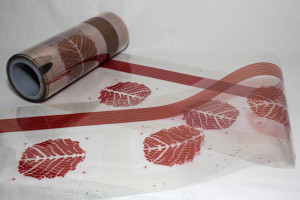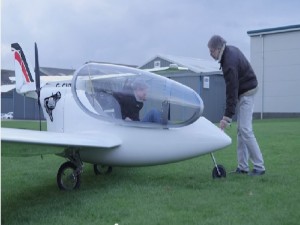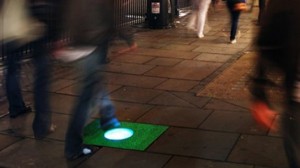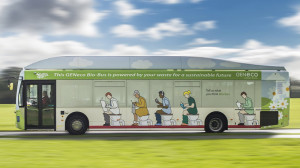
Design freedom improves the range of applications of the panels on the surfaces of interior and exterior building spaces.
Image: Antti Veijola
We’ve been talking about climate change and green energy for a while now, so of course we think solar panels should exist wherever light is. Now, that could mean using solar wallpaper to harvest as much energy as possible.
VTT Technical Research Centre of Finland has developed and utilized a mass production method based on printing technologies that will allow the manufacturing of decorative, organic solar panels for use on the surfaces of interior and exterior building spaces.
The new organic photovoltaic panels are only 0.2 mm thick each and include the electrodes and polymer layers where the light is collected.






